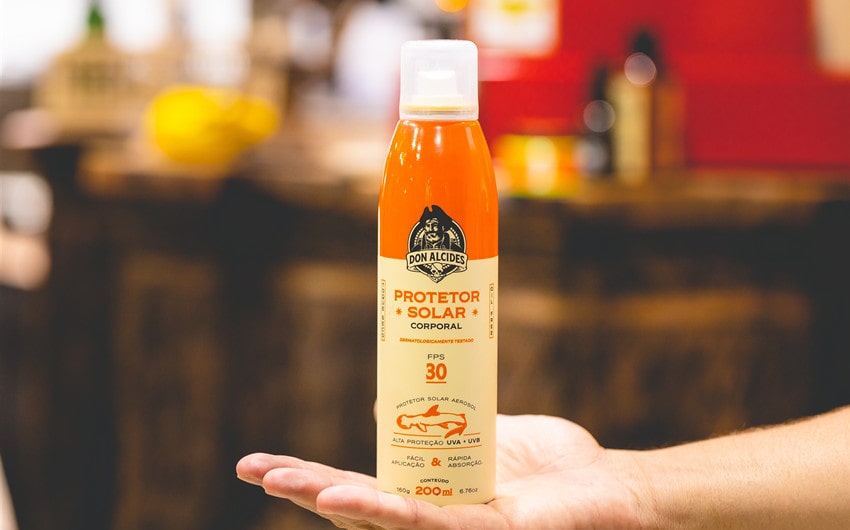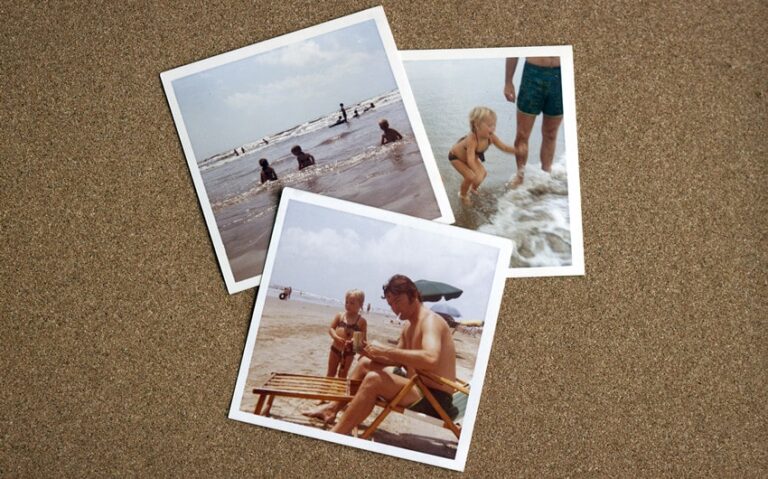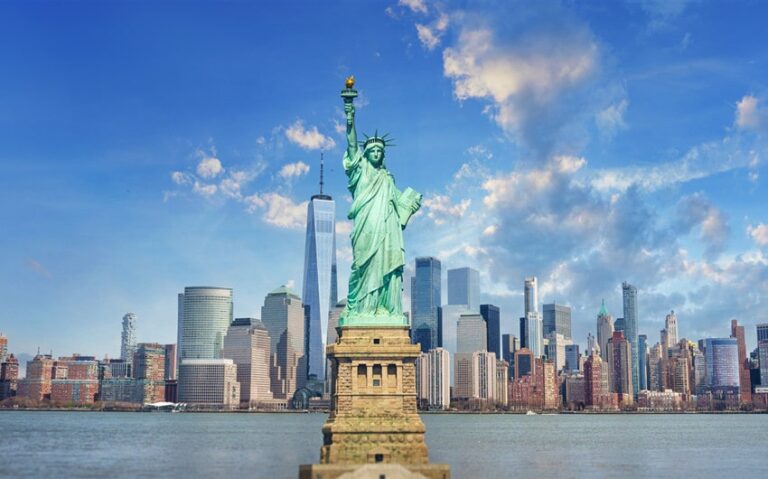Can You Bring Aerosol Sunscreen on a Plane? A Guide for Smart, Sun-Safe Travelers
Can you bring aerosol sunscreen on a plane? It’s a good question—because it’s not just about TSA rules. It’s about staying protected when you’re moving through unfamiliar climates, about what’s worth squeezing into your carry-on, and about how to pack responsibly without losing your mind at security. The short answer: yes, you can. The longer answer is where things get useful—because not all sunscreen (or aerosol) is treated the same once you reach the checkpoint.
Yes, You Can Bring Aerosol Sunscreen—With Restrictions
Aerosol sunscreen is allowed on planes, but only in specific amounts and with specific rules. The key is understanding how it’s classified:
- Aerosol sunscreen is considered both a liquid and a flammable item.
- It must comply with TSA’s 3-1-1 liquid rule if you’re bringing it in your carry-on.
That means:
- Each container must be 3.4 ounces (100 milliliters) or less
- All your liquids, gels, and aerosols must fit inside one quart-sized, resealable bag
- Each passenger is allowed one such bag
If your sunscreen is a larger 6oz or 8oz aerosol can, it’s not permitted in carry-on luggage—but you can pack it in checked luggage, as long as it follows FAA guidelines.
What About Checked Bags? The Bigger Picture for Aerosols
If you prefer bringing a full-size aerosol sunscreen, checked baggage is your only option. But even then, the FAA places strict limits on flammable aerosol products for safety reasons. Here’s what you need to know:
- Total quantity of toiletries (including sunscreen, shaving cream, etc.): must not exceed 2 kg (about 70 ounces) or 2 liters per person
- Each individual container: must not exceed 18 ounces (about 500 milliliters)
- All containers must have a protective cap or other means to prevent accidental release
Translation? You’re allowed to bring multiple aerosol cans—but only if each is under 18 oz and the combined total doesn’t go over the FAA’s limit. That said, most people traveling with one or two cans of sunscreen won’t come close to the cap.
Why Sunscreen Still Belongs in Your Carry-On
Let’s be honest: delays happen. Flights get rerouted. Checked bags go missing. And if you land in a tropical destination or high-altitude sun and your sunscreen is sitting somewhere in baggage purgatory, you’re going to feel it—fast.
That’s why it’s smart to bring at least one travel-sized bottle of sunscreen—spray, cream, or stick—in your carry-on. Keep it accessible. Reapply it on layovers. Use it before stepping off the plane into unfamiliar sunlight.
Pro tip: if your full-size aerosol sunscreen is in your checked luggage, pack a smaller non-aerosol SPF (like a face stick or lotion) in your liquids bag for emergencies. You’ll thank yourself later.
Are There Alternatives to Aerosol Sunscreen for Travel?
Yes—and in many cases, they’re smarter choices when flying:
- Solid sunscreen sticks: These aren’t considered liquids, so they don’t count against your 3-1-1 bag
- Lotion-based sunscreens: Easier to find in TSA-approved travel sizes
- Powder sunscreen brushes: Great for reapplying without a mess, especially on your face
Aerosols are convenient, but they come with downsides: propellants, flammability, TSA limits, and the risk of pressurized leaks. If you’re traveling light or need flexibility, alternate formats are worth exploring.
International Travel: One More Layer of Rules
If you’re flying internationally, check the specific rules of your destination country. While TSA and FAA set the standard for U.S. flights, other countries may have stricter guidelines on aerosol products. In some places, propellant-based sunscreens are discouraged or even banned due to environmental regulations.
Also, certain eco-sensitive destinations—like Hawaii, Palau, and parts of Mexico—have banned sunscreens containing harmful chemicals like oxybenzone and octinoxate to protect coral reefs. Always read the label and verify local laws before packing.
How to Pack Aerosol Sunscreen Safely
Even if TSA says “yes,” pressure says “maybe.” Aerosol cans—especially when packed poorly—can leak or explode in rare cases due to changes in altitude and temperature.
Here’s how to reduce the risk:
- Always use the protective cap to prevent accidental discharge
- Seal the can in a zip-top bag to contain leaks
- Keep it upright and padded in your bag to reduce impact damage
If you’re flying with checked baggage, pack it near the center of the suitcase, surrounded by soft items (like clothes or towels) for insulation.
Why the Sun Still Wins, Even at 30,000 Feet
Air travel is controlled, pressured, regulated. But the sun? It’s wild. It shines through airplane windows stronger than you think. It reflects off snow, sand, and ocean surfaces in new places you’re not used to. Even a few minutes in the wrong sunlight can shift the tone of a trip from easy to uncomfortable.
So pack the sunscreen. Bring a backup. Check the rules, but don’t forget the point. Protection is preparation. And sunscreen isn’t about vanity—it’s about respect. For your skin, for the planet, for the journey still ahead.
Summary: What You Can (and Can’t) Do
- ✔ Yes, you can bring aerosol sunscreen in your carry-on—if it’s 3.4 oz or less
- ✔ Yes, you can bring larger aerosol cans in checked baggage—up to 18 oz per container
- ✔ Solid sunscreen sticks and powders are easier, safer, and often exempt from liquid rules
- ✘ No, you cannot bring full-size aerosol cans in your carry-on
- ✘ No, you shouldn’t ignore reef-safe or international restrictions on sunscreen ingredients
And finally—no, you shouldn’t skip sunscreen just because packing it takes a little extra thought. The sun doesn’t care about TSA rules. But you can outsmart both, and travel lighter because of it.







